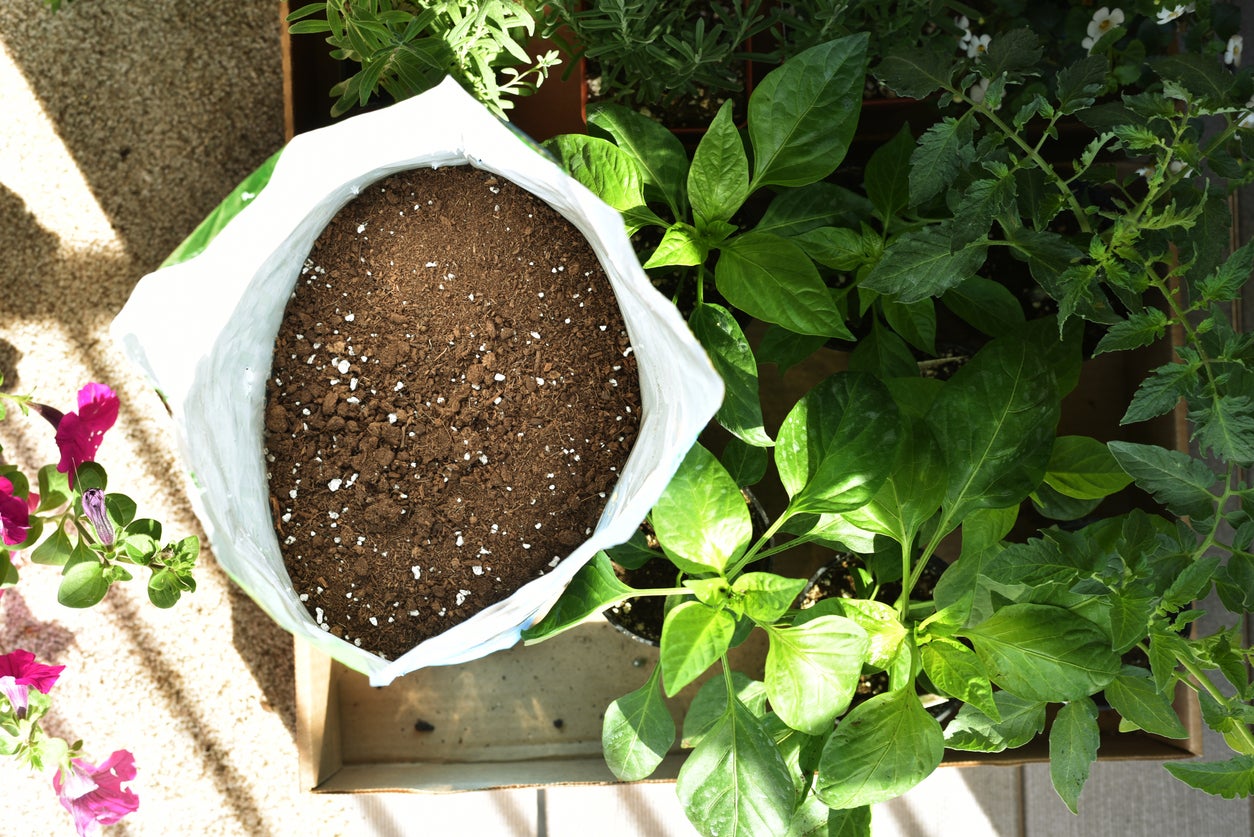
×

Having indoor plants can bring so much joy and beauty to our homes, but they can indeed be a bit challenging to take care of. Indoor plants require attention and care to thrive. They need the right amount of water, sunlight, and nutrients to stay healthy. Sometimes, it can be tricky to find the perfect balance, especially if we're new to plant parenting. However, the effort is worth it because indoor plants not only enhance the ambiance of our living spaces but also provide us with cleaner air and a sense of calm. With a little patience and learning, we can create a nurturing environment for our indoor plants and enjoy the rewards of their beauty and positive energy. The soil is a plant’s home. Its health and condition greatly affect the plant’s health. Let us learn how to find and maintain the best soil for indoor plants.
When it comes to preventing gnats in indoor plants, the right soil mix can make a big difference! Gnats are tiny flying insects that can be annoying and harm your plants. To create a soil mix that helps prevent gnats, you'll need a few key ingredients.
Remember to water your plants properly by allowing the top inch of soil to dry out before watering again. Overwatering can create the perfect conditions for gnats to thrive.
When it comes to choosing the best potting soil for indoor plants without gnats, there are a few things to consider. Gnats are tiny flying insects that can be bothersome, but with the right and the best soil mix for indoor plants, you can keep them at bay and ensure your plants stay healthy.
To prevent gnats, it's important to select potting soil that is well-draining. This means the soil allows excess water to flow out easily, which helps prevent water from pooling and creates a favorable environment for gnats to breed.
Look for potting soil labeled as "sterile" or "gnat-free." These soils have been specially treated to eliminate gnats and their eggs, ensuring that you won't bring any unwanted pests into your home.
Another important factor to consider is the moisture-retention capability of the soil. Too much moisture can attract gnats, so opt for potting soil that strikes a balance between retaining enough moisture for your plant's needs and drying out relatively quickly to discourage gnat infestation.
You can also consider adding a layer of sand on top of the soil to help keep the surface dry and less appealing to gnats. Additionally, using pots with drainage holes and avoiding overwatering can further discourage gnats from making themselves at home in your plants.
Read Also: THE ULTIMATE GUIDE TO MAINTAINING INDOOR PLANTS
When it comes to finding the best soil for indoor plants at Bunnings, there are a few options to consider. Bunnings is a popular home improvement store that offers a variety of soil mixes suitable for indoor gardening. Here are a couple of choices you can find there:
1. Potting Mix: Bunnings offers a range of potting mixes that are specially formulated for indoor plants. These mixes usually contain a combination of organic materials like peat moss, compost, and perlite. They provide good drainage, moisture retention, and nutrient availability for your plants.
2. Cacti and Succulent Mix: If you have cacti or succulents, Bunnings also offers specific soil mixes designed for these types of plants. These mixes are usually well-draining and contain materials like sand or perlite to ensure proper moisture control for these desert plants.
It's important to read the packaging and labels to ensure the soil mix is suitable for indoor use and the specific needs of your plants. Consider factors such as water retention, drainage, and nutrient content.
When selecting soil for your indoor plants, keep in mind that different plants have different requirements. Some plants prefer well-draining soil, while others may need a mix that retains more moisture. It's always a good idea to research the specific needs of your plants and choose a soil mix accordingly.
When it comes to choosing soil for indoor plants that are bug-free, it's important to look for a high-quality potting mix. Opt for a reputable brand that ensures the soil is free from bugs and pests. A good potting mix should be well-draining, allowing water to flow through easily. This helps prevent the soil from becoming too damp, which can attract bugs. Additionally, using clean and sterilized containers for your plants and practicing good hygiene, such as not overwatering and regularly removing any fallen leaves, can also help keep bugs away from your indoor plants. By using the right soil and maintaining a clean environment, you can enjoy bug-free and healthy indoor plants.
We all have some kitchen favorite plants that we love to plant in our kitchen gardens. Plants like basil, cilantro, and, aloe vera are very popular. Alovera although, is a trickier one to grow.
When it comes to the best soil for aloe vera plants indoors, a well-draining mix is the best. Aloe vera plants don't like to sit in wet soil, so it's important to choose soil that allows water to pass through easily. A combination of cactus soil or succulent mix and perlite is ideal for aloe vera plants. This type of soil provides good drainage and prevents the roots from getting too soggy. It also helps mimic the natural conditions that aloe vera plants prefer. Remember, aloe vera plants like their soil to be slightly dry between waterings, so using the best soil for aloe vera plants indoors will help keep them happy and healthy!
Image Source- pexels.com
Written by- Ananya Majumdar
.